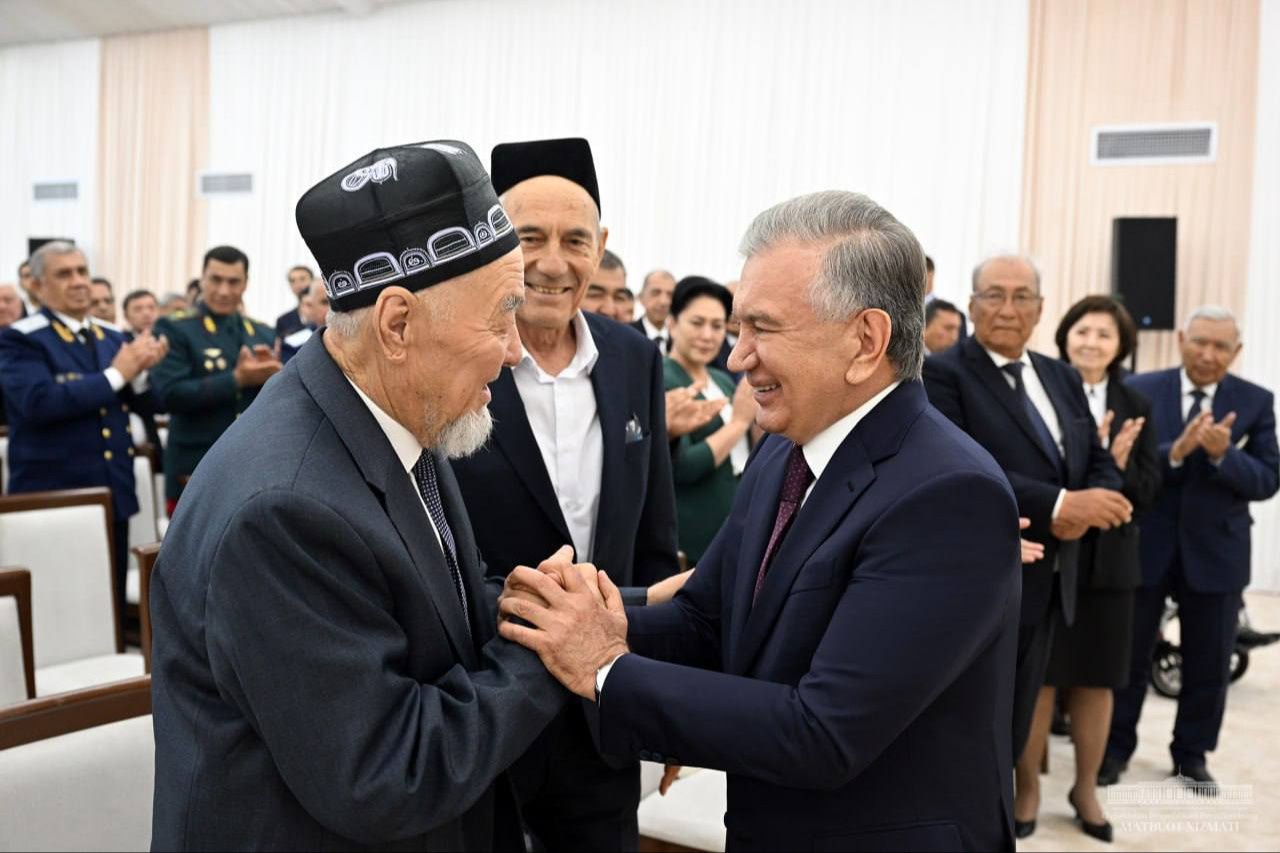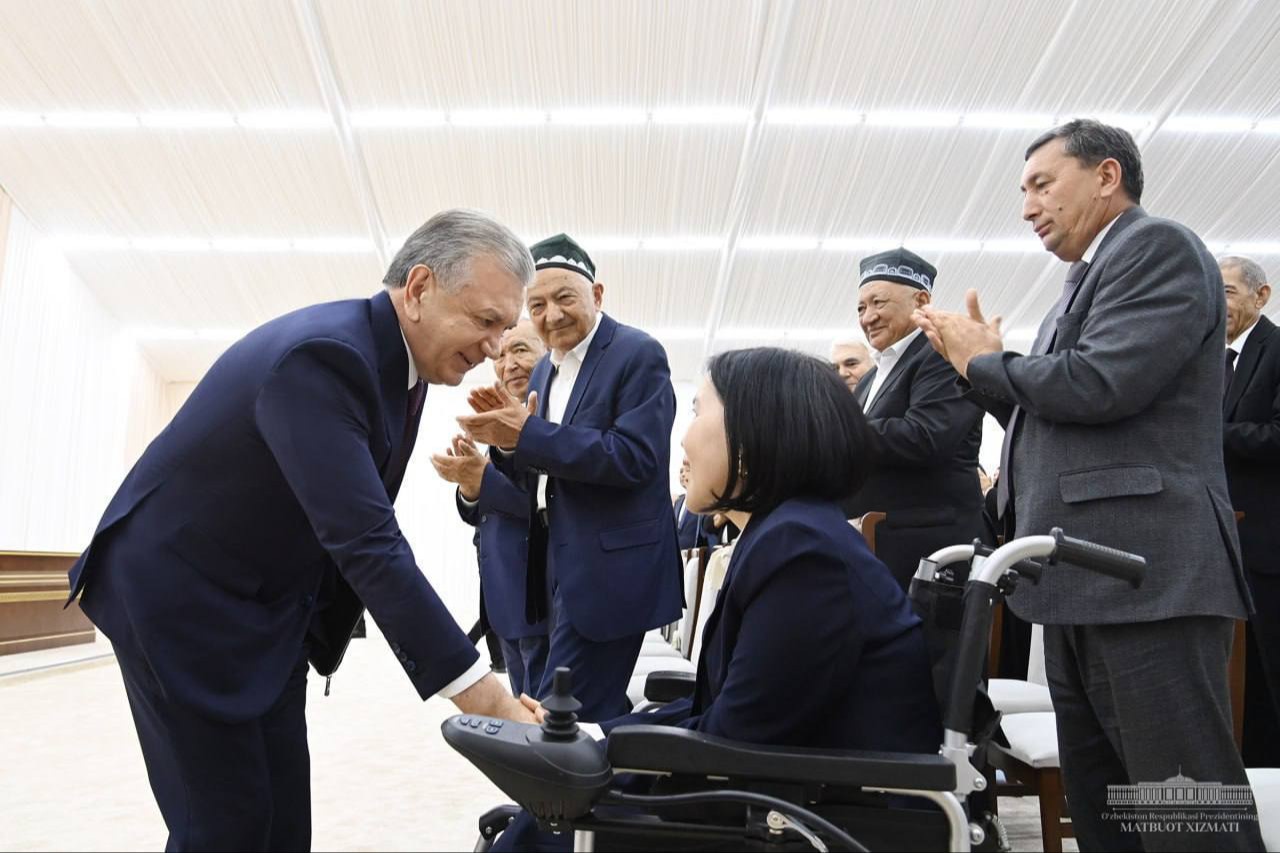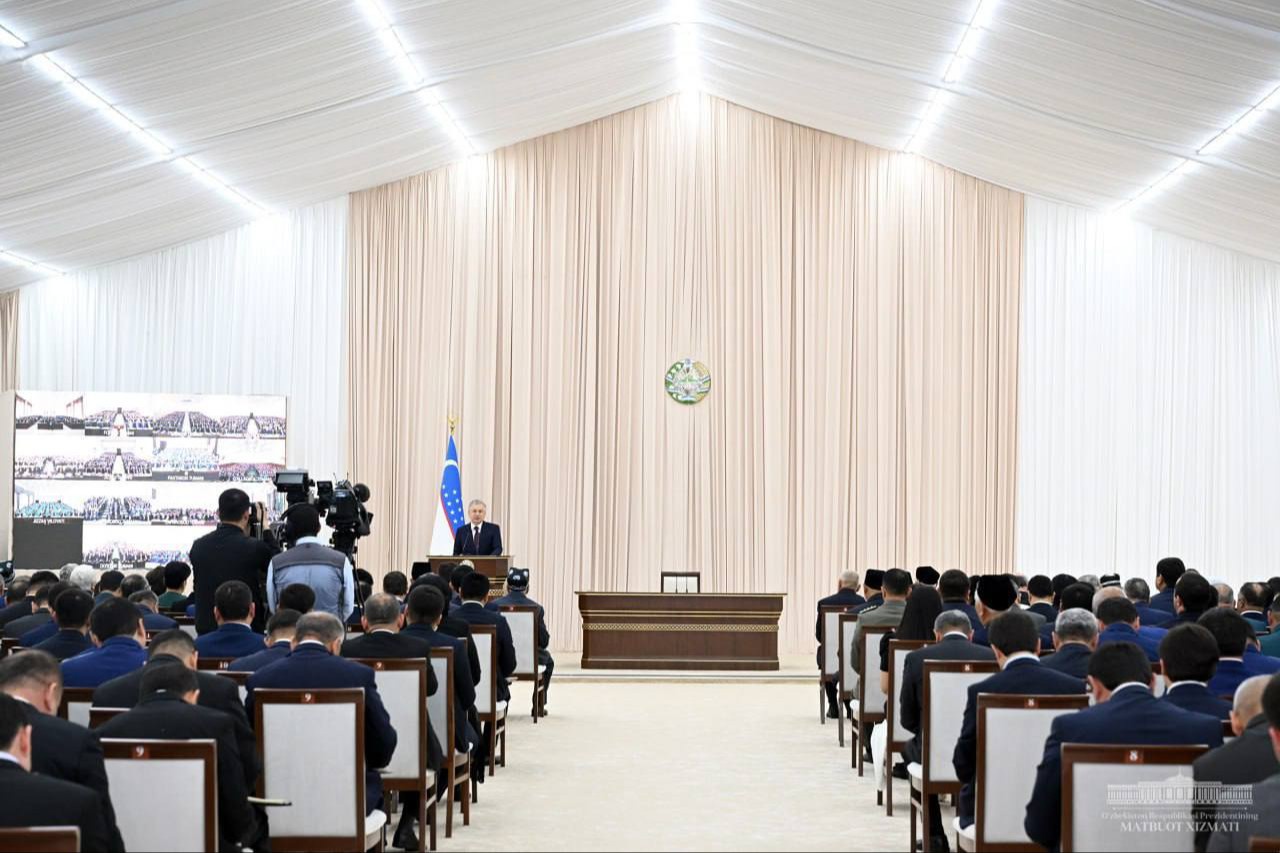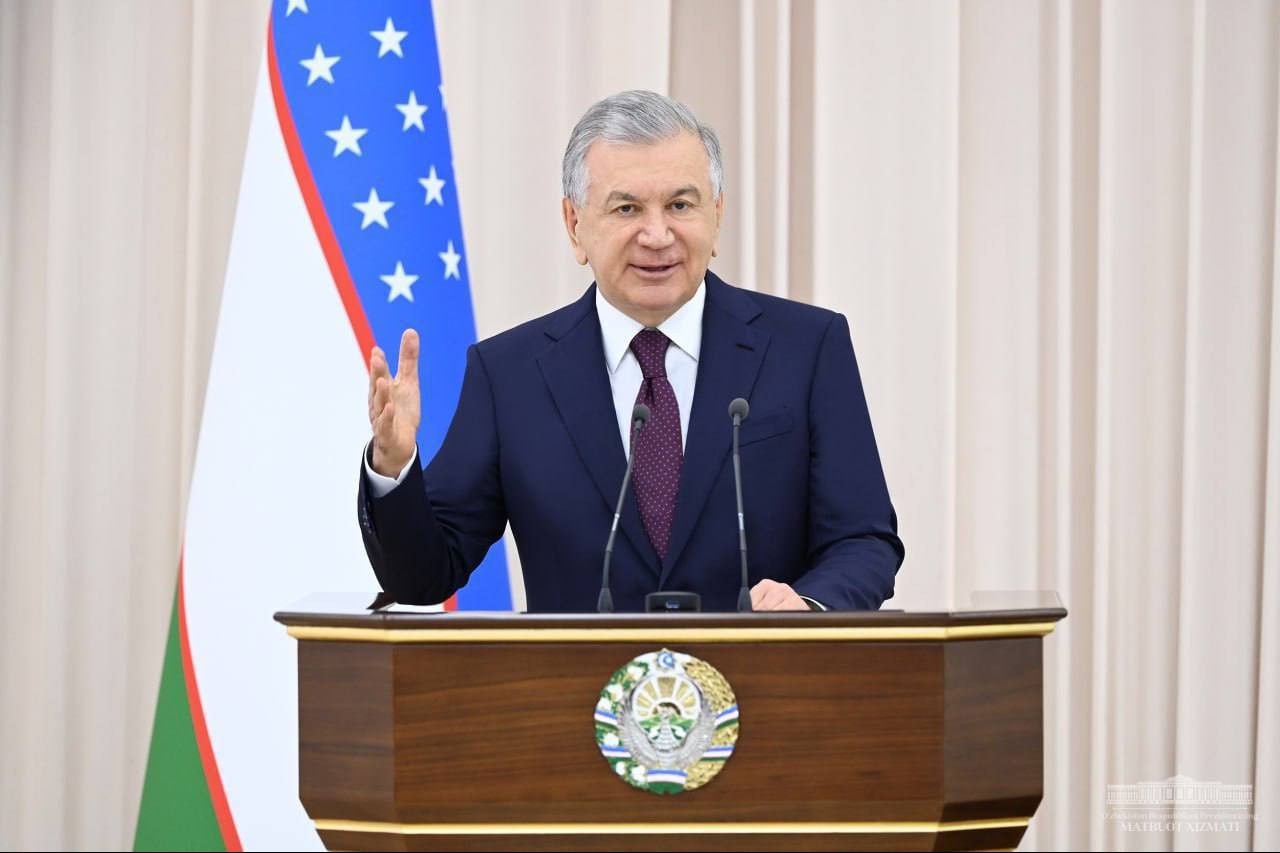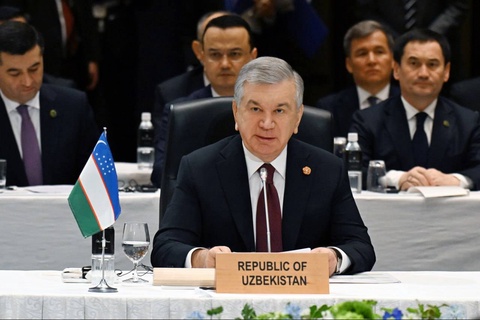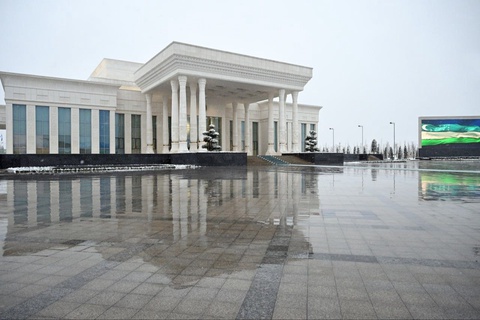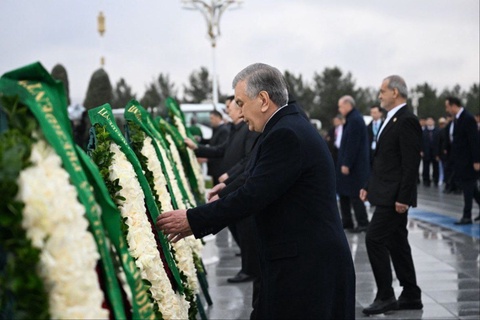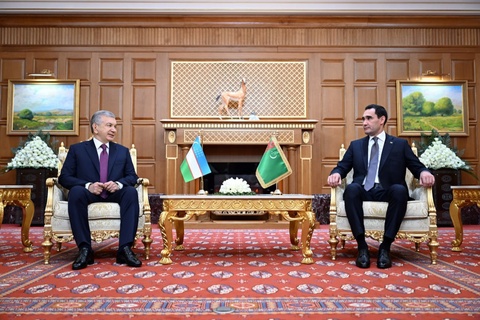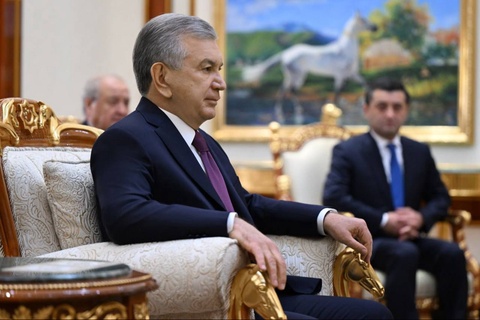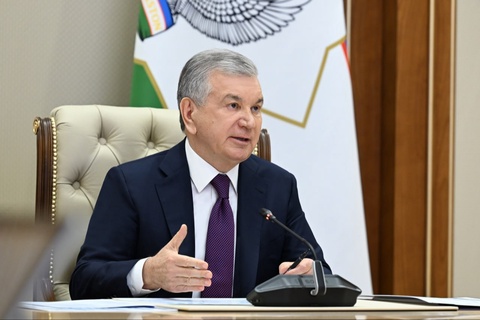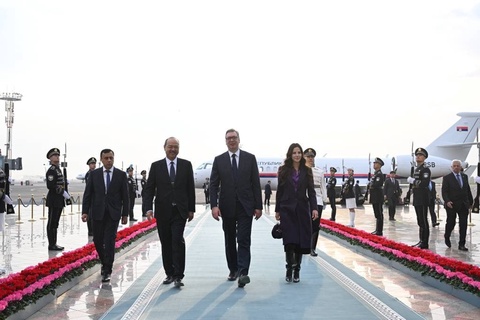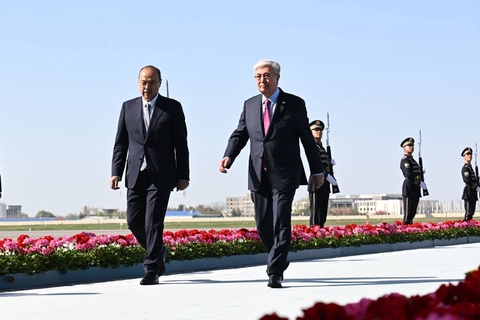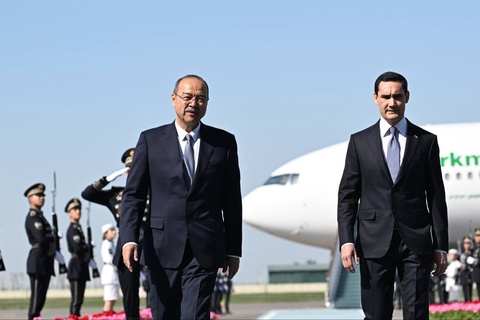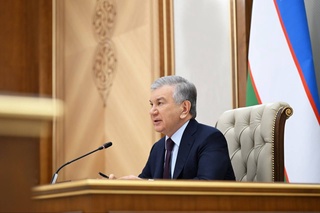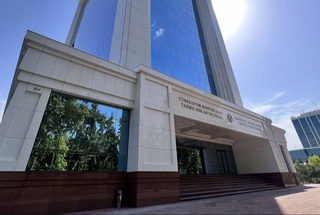Noting that this meeting is taking place on the eve of Ramadan Hayit, President Shavkat Mirziyoyev congratulated the people on this bright holiday.
It was noted that in Jizzakh region, as in other regions, significant changes are taking place. Over the past seven years, investments worth $5 billion have been attracted to the region, which has allowed the opening of 2.5 thousand new enterprises. They created 45 thousand permanent jobs. The number of entrepreneurs has doubled. Most importantly, there was a big leap from agriculture to industry.
However, there are also untapped opportunities and pressing problems. In some areas, there is a low growth of medium-sized enterprises that can provide the population with stable work and wages. 80 percent of the region’s industry comes from 3 sectors. The volume of agricultural production does not correspond to the size of the land.
Therefore, before the visit, representatives of the economic complex conducted an in-depth analysis of the districts and identified the possibilities of creating 57 thousand jobs in the region. In total, 100 economic opportunities and reserves were identified in 13 districts of Jizzakh.
At the meeting, these possibilities were considered using the example of Zarbdor district. Thus, commercial banks in the district will help local entrepreneurs expand their activities. The capacity of Zarbdor Textile enterprise will be increased. The Rivoj Davr farm plans to grow melons on land allocated to the population and process them, allowing them to export products worth $28 million.
The Head of state announced several initiatives to develop the economy of Jizzakh region.
There are great opportunities in agriculture in the region, but there are not enough products for export. Therefore, a new system will be introduced to increase the procurement of raw materials.
In particular, banks will invite entrepreneurial leaders to 309 mahallas and provide the population with a financial package for earning money on their land. Banks will provide entrepreneurs with loans of up to 1.5 billion UZS for a period of up to 3 years, grants of up to 1 billion UZS from the budget for attracting agronomists, training, organizing the collection, storage, and drying of products in the mahalla, as well as loans under the “Family entrepreneurship” and “The first step into business” programs.
In the districts, one single contour will be selected for growing one type of crop on a total area of 500 hectares. On less fertile lands with a yield below 16 centners, lots will be allocated for growing vegetables and fruits.
This will make it possible within two years to double the volume of fruit and vegetable production in the region to 3 million tons and then to 5 million, increasing processing and export opportunities by 2-3 times.
There are opportunities in the region to develop beekeeping based on home-based work. For example, placing beehives on forestry lands will provide jobs for a thousand families, generate additional income of 50 billion UZS, and export products worth $2 million. Therefore, a beekeeping center will be created in Zaamin district, and the production of hives and equipment, packaging, and export of honey will be established.
A proposal to create a cluster on rainfed lands with a complete cycle of growing, drying, packaging, and refrigerated storage of white onions in Yangiabad district was supported. Opportunities for developing livestock, fish, and greenhouse farming were listed.
Concreting the South Mirzachul and Tuyatortar canals and installing pumps will expand agricultural opportunities. The leaders were instructed to implement a three-year program in this direction.
There are also many reserves for industrial development. For example, Chinese investors have proposed $4 billion worth of projects in Jizzakh, ranging from construction materials, chemistry, energy, electrical engineering, mechanical engineering, textiles, and pharmaceuticals. This will lead to industrial growth of 12 trillion UZS and the creation of $250 million worth of export opportunities.
For this purpose, an industrial technology park will be created in Zaamin district with the organization of the production of 50 new types of products at the expense of $1 billion in foreign investment. A branch of Jizzakh Industrial Zone will open in “Shodlik” mahalla of Zarbdor district with the placement of 15 large projects worth $140 million. An industrial zone will be created in an empty building in Sharaf Rashidov district, where enterprises in the electrical and leather industries will be launched.
In recent years, automobile manufacturing has appeared in Jizzakh. Through investments of $1 billion, the task has been set to increase vehicle production capacity by another 100,000 units, create 10,000 jobs in the next three years, and increase localization to 50 percent. 29 projects worth $220 million will be launched in the cotton and textile industry.
The electrical engineering enterprise Mono Electric has taken the initiative to employ people with visual impairments through home-based work. The Head of state supported this initiative, emphasizing the need to create a Jizzakh experience in employing persons with disabilities and expand such projects.
Instructions were given to create conditions for tourism in the Aydar-Arnasay Lake system, organize a “tourist ring” of 10 cultural heritage sites, and repair the roads leading to them.
Issues of improving housing and mahalla infrastructure were also discussed at the meeting. This year, 118 houses with 4.5 thousand apartments will be built in the region.
Instructions were given for building additional houses in high-demand districts, repairing the perinatal center, and repairing bridges in Jizzakh.
An additional 300 billion UZS will be allocated in Jizzakh to support mahallas and businesses and issue grants.
At the meeting, regional and district hokims and ministers presented information on the issues discussed. Through video communication, a dialogue took place with the public of districts and ambassadors of Uzbekistan abroad.


